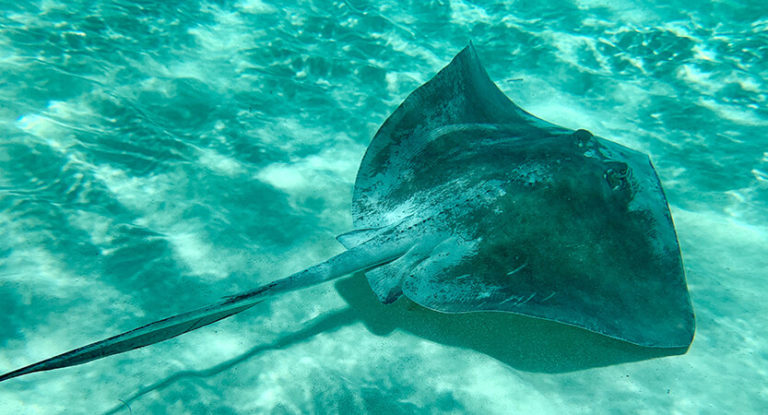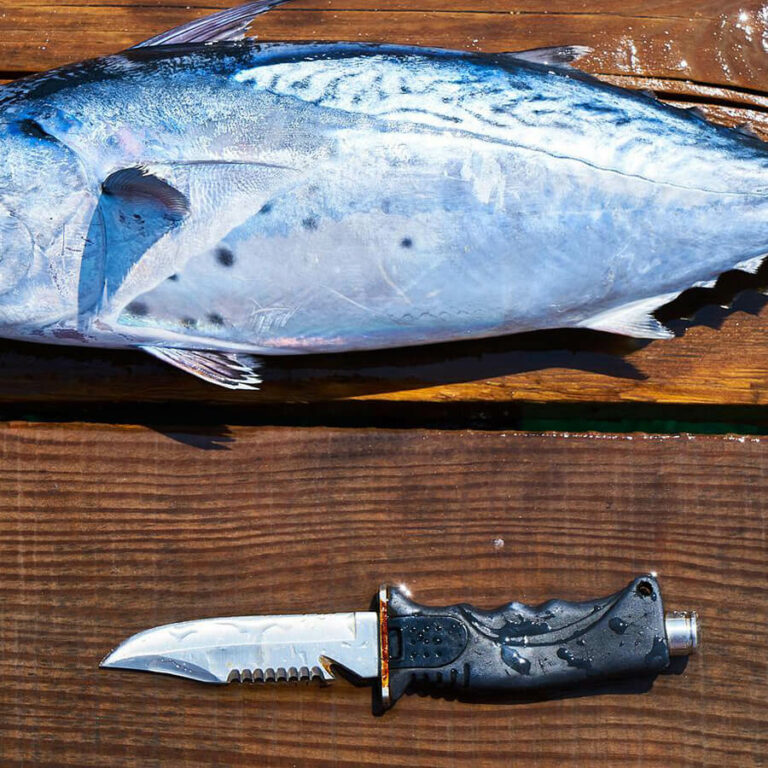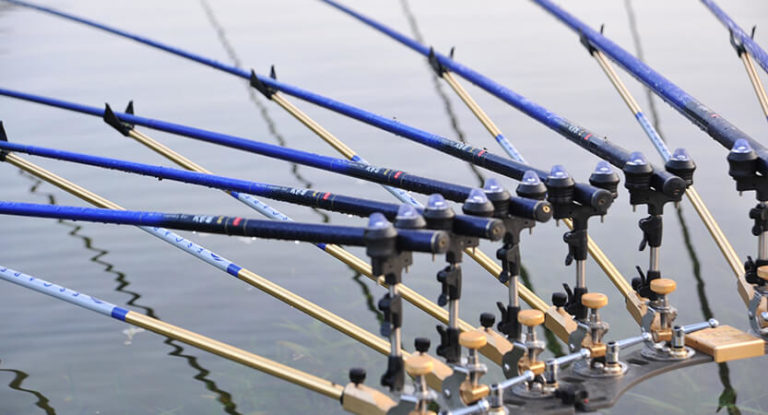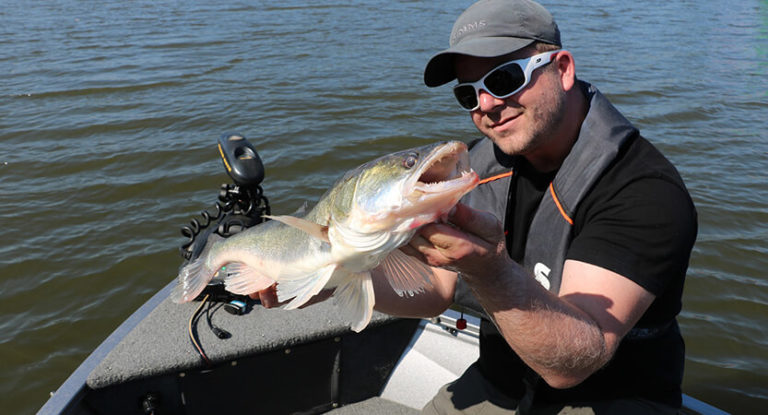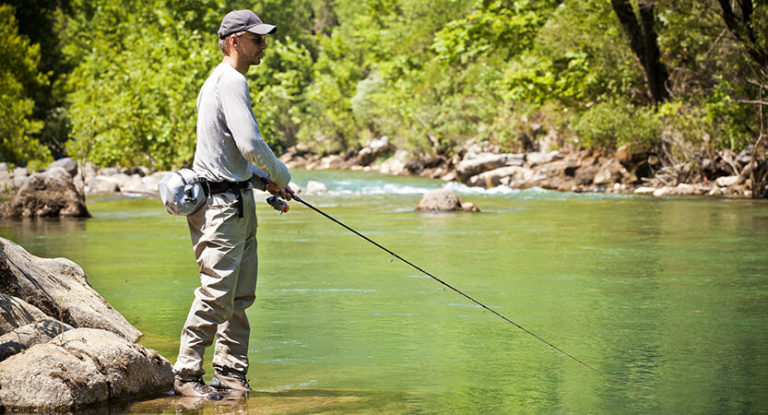Even a person who has provided himself with the most comfortable living conditions feels the influence of seasonality on his own rhythm of life, what can we say about living things that live in the wild? They are forced to adapt to seasonal temperature fluctuations, and they do it quite successfully, and each in its own way. Even fish of certain species hibernate in different ways: some in this harsh time practically do not lose activity and may well become objects of fishing, others fall into a state close to suspended animation, go to great depths and practically stop feeding.
In this publication, we will get acquainted with the mechanisms of adaptation to harsh winter conditions inherent in the most common representatives of freshwater ichthyofauna. This question is interesting not only from the point of view of general development: a beginner angler will probably be interested in knowing what kind of fish hunting this season can be effective, and what trophies it is better to forget about before spring. We hope that our recommendations will help you to increase your chances of a solid catch, even in the harshest winter.
Here is an overview of the content of this tutorial, feel free to jump to any section you care about:
For more fishing instructions, take a look at these popular Trizily links: Best Fishing Lines, Best Spinning Rods.
Features of the seasonal behavior of freshwater fish
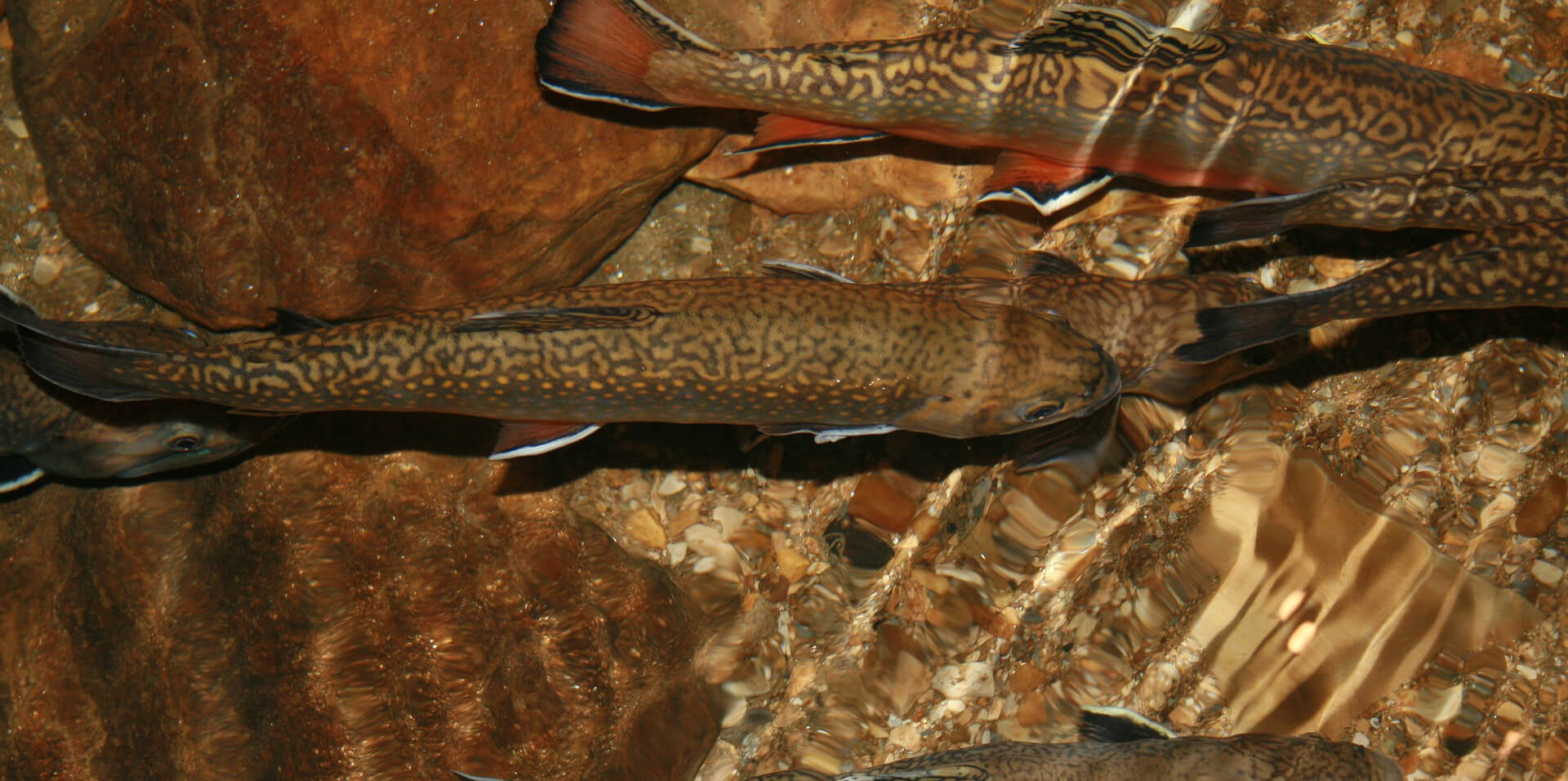
The life cycle of all fish species has a pronounced seasonality, which is expressed in extreme dependence on the temperature regime, water saturation with oxygen, and the availability of food resources.
In the spring , after the ice has melted, most of the freshwater species go to spawn . After winter, the fish are especially hungry, and a lot of energy is required to continue the genus, therefore, the spawn is preceded by spring, when fishing becomes especially successful. A week or two after spawning, another burst occurs, not so intense.
Summer is the most favorable time in the life of fish: the water temperature is favorable, there is plenty of food, but the intense heat forces the representatives of the freshwater ichthyofauna to change the schedule of activity. At this time, fish is best caught at dawn (morning or evening), and sometimes even at night.
In the fall, fish replaces the diet: even peaceful species begin to gravitate towards animal food, making protein reserves for the cold period. The bite becomes completely unpredictable, shifting to the morning hours, then to lunch.
Winter is the most difficult time. The oxygen saturation of the water under the ice decreases, especially in places where aquatic vegetation dies (rotting products do not cleanse the environment at all), and a decrease in temperature reduces the activity of fish (remember that all representatives of the ichthyofauna are cold-blooded).
However, this does not mean that you need to say goodbye to your favorite hobby until spring: wintering fish are far from always in a state of passivity. In the wilderness, especially at extremely low (from -20 o C) temperatures and strong winds, there really is nothing to do on the reservoir: most likely, you will not catch anything, but you can easily get frostbitten. But on the first and last ice, during periods of thaws and on persistent frost in sunny weather, the chances of a good catch are great.
Wintering options
As mentioned above, fish adapt to harsh cold weather and ice-cold lifestyles in different ways:
- Complete passivity . The brightest representative of this group is the recognized champion in survival, the crucian carp. This fish simply buries itself in silt and freezes until spring, without eating at all.
- Winter pits . These are deep-sea areas where heat-loving fish, mainly representatives of the carp family (carp, bream, silver bream, and so on) leave for the winter.
- Spawning . Most of the freshwater fish that live in the freshwater bodies of our country spawn in the spring, less often in the summer, and representatives of the salmon family postpone this action until autumn. But there is one fish that is not subject to the general “fashion” – burbot arranges mating games at this harsh time, in ice-covered reservoirs.
- Migration . This feature is typical for a number of representatives of the salmon family, however, they do not go to the sea for wintering, but for life in general, returning to their native rivers only for spawning.
- Keeping active . Many predators continue to patrol the reservoir, quite actively feeding on small things that have not hibernated: their own offspring, bleak, roach, ruffe, goby, and so on.
Cold season for peaceful fish
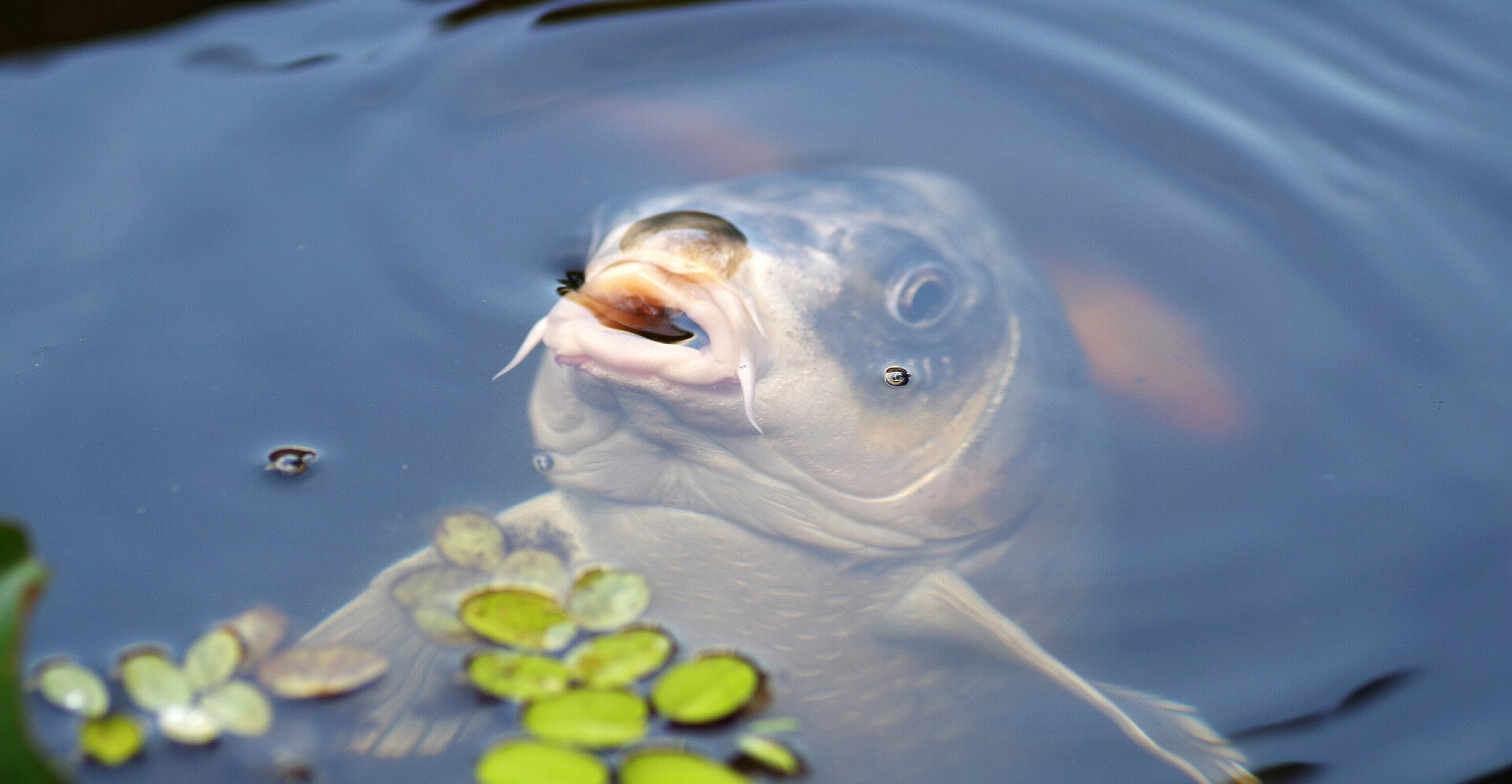
Peaceful fish, for the most part, are more thermophilic than a predator. The gold standard for wintering peaceful fish is going to deep areas and falling into a state of almost complete passivity.
Representatives of the carp family begin to prepare for wintering in the fall, actively replenishing energy reserves by switching to a protein diet. Another sign of the coming harsh time is the characteristic mucus that covers the scales with a thick layer: it serves both for thermoregulation and protection. Scientists believe that it is the smell of this mucus, coupled with the complete immobility of potential prey, that scares away predators – oddly enough, they do not touch the fish standing in the pits. Otherwise, all the peaceful livestock would have been exterminated in several cold seasons.
With the onset of frost, carps, tench, silver bream and other peaceful people begin to stray into flocks and go to the depths. Some wintering pits serve as a refuge for thousands of individuals of different ages and species, who have fallen into a daze!
The fish saves energy by leaving the pits very rarely or never leaving the shelter. The most frequent exits from the pits during thaws or stable sunny weather, when the fish warms up, rises higher and goes out to feed. It is significant that small individuals are very active: large carp can stand all winter without moving – the accumulated reserves of fat allow it to do so.
Roach, rudd, bleak and other small fish also hibernate in schools, but they are much more active. Small size encourages to periodically replenish energy reserves, which contributes to greater mobility and gluttony. For example, fishing roach with a jig is one of the most productive types of fishing during this harsh time. Bloodworms are actively used as bait and additional bait. The fact is that it is the amphipod crustacean (mormysh) and bloodworms that are the basis of the winter food ration of the peaceful inhabitants of our reservoirs.
Features of wintering predators
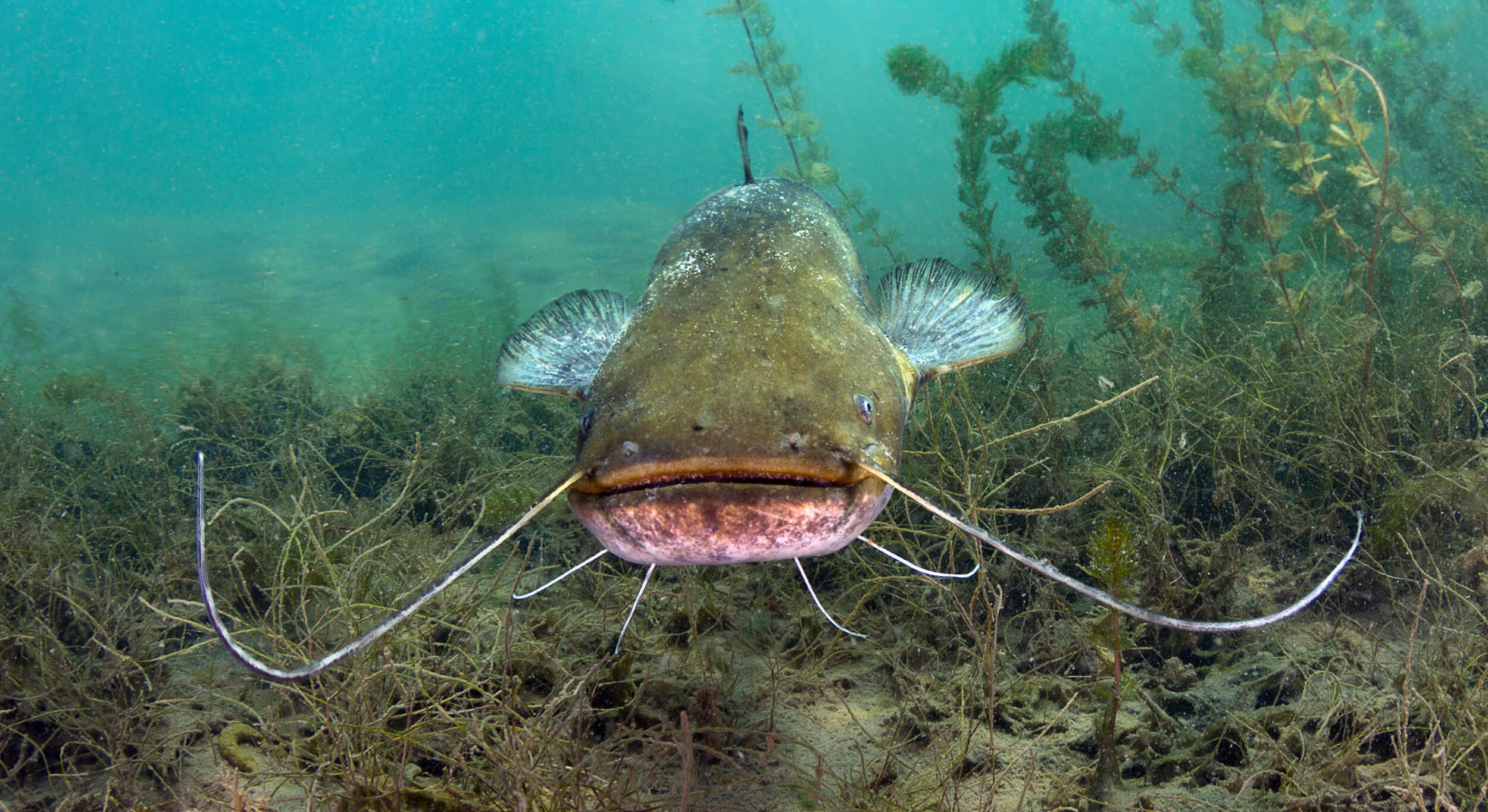
Most of the predators do not lose activity during the winter, falling into a torpor only in the wilderness, in the most severe frosts. The ice covering the pond creates illumination similar to the twilight beloved by freshwater predators. Burbot completely goes to spawn in the winter, losing activity with warming.
The food base for the predators is quite sufficient – there is enough little things that have not gone deep for the entire ice season. The basis of the food ration for pike, pike perch and humpback perch is fish that has not fallen into a daze for the whole winter, which makes it especially productive to fish with live bait fish, vertical spoons and wobblers.
Grass perch continues to patrol the entire reservoir in large flocks, feeding mainly on mormys and other animals that come across it on its way. In this regard, we recommend that novice fishermen try themselves in winter hunting for “sailors” with a nodded fishing rod on a jig (with a bloodworm or a “rewinder”) .
The most productive time for fishing is the beginning and end of winter. However, the ubiquitous, voracious and greedy perch is excellently caught throughout the cold season, sometimes even in the most unfavorable weather.
In light of the above, the catfish looks like a kind of outcast from the “friendly” detachment of aquatic predators: it is one of the ten most heat-loving fish and spends the winter in blissful passivity. Catfish usually flock into small groups (remember that in the summer they recluse in individual “apartments”) and lie slightly higher than the pits chosen by peaceful fish. Locations are rarely far removed from summer residences.
Catfish hibernate all winter and do not feed, but some particularly stubborn fishermen manage to wake up lazy giants and attract their attention with bundles of worms, as well as large silicone baits. But this usually happens in places with relatively warm water (for example, in the cooling ducts of power plants).
Winter hunting for individual representatives of freshwater ichthyofauna can be very productive, however, we recommend that you do not forget about your own safety even in the heat of fishing excitement. Remember to test the ice for strength, as well as clothing and footwear to prevent hypothermia!

![The 9 Best Fishing Lines of 2023 [Tried & Tested] 4 The 9 Best Fishing Lines of 2023 [Tried & Tested]](https://trizily.com/wp-content/uploads/2021/12/best-fishing-lines-768x415.jpg)
